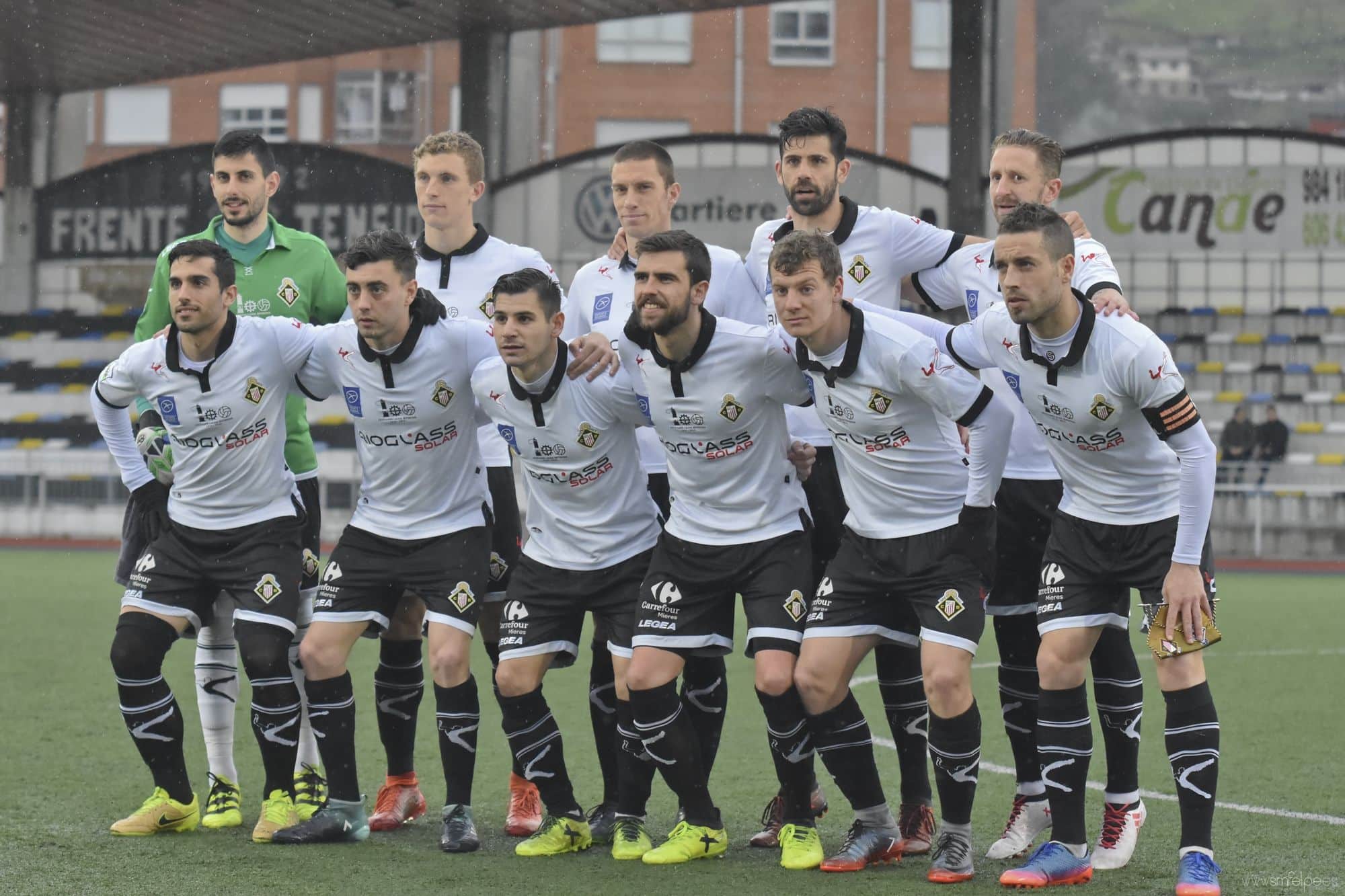The record champions of the Tercera are Asturian miners

Mieres lies in the heart of Asturias and has been an important industrial city since the industrial revolution. Its football club is just as historic, counting with over one hundred years of history and a record number of championships of the Tercera División. Welcome to…Caudal.

Mieres: A Miners’ town
Mieres has a very central location in Asturias and only grew to be a big town since the creation of the Asturian Mining Company during the industrial revolution, given the abundance of ores. However, the metallurgic and mining industries entered in crisis during the second half of the 20th century, from which the local economy never recovered.

Football in Mieres
As British influences were very present in Mieres during the 19th and 20th centuries (for example, it were the English who created the Asturian Mining Company), football was introduced here early. The first stable club in Mieres was Sporting de Mieres, succeeded in 1918 by Racing Club de Mieres. Racing competed in the highest league of Asturias against teams like Real Oviedo and Real Sporting but had to wait for its debut in the Tercera División until 1946.

In 1951, Caudal Deportivo achieved promotion to the Segunda División and stayed here until 1958. The caudalistas even ended 4th in 1956, just a couple of points removed from the Primera División. During the 1950s, Caudal was a well-known name in Spain and received much support from Mieres and other parts of Asturias. However, Caudal has not yet returned to the Segunda, nor has it recovered its popularity.

In the remainder of the 20th century, Caudal was usually present in the Tercera. The mierenses also played some seasons in the Segunda B, most notably from 1997 to 2002. Caudal’s last season – so far – in this league was 2017-18, but that does not mean that the club has not had few successes. As a matter of fact, the blanquinegros have won the Tercera División on 15 occasions, a national record.

The mining derby
Caudal has a fierce rivalry with Langreo, another historic Asturian team with a past in the Segunda. Moreover, the city of Langreo was also known for its mining, which gives a social dimension to this rivalry. However, most mierenses and langreanos deny all similarities between the teams and cities and focus on the differences, among which the kits.
A centenary club
Apart from its mining background, local culture, and championships, the caudalistas are proud of another aspect of their club: its age. Football clubs’ antiquity is seen as something prestigious, and many clubs try to establish their foundational year as early as possible. Caudal Deportivo was founded in 1918 and is one of the few Asturian clubs with such long history. As of 2023, only 13 other Asturian teams are at least 100 years old.

The future
Most mierenses are used to seeing their club performing better than it has been doing over the last five years. Five years in the Tercera División without a single championship. However, the club is working on its return to the Segunda Federación and, based on history, would deserve it. Moreover, Caudal has recently been close to promotion, missing out on just a few matches. In short, it would not surprise anyone to see Caudal back in the fourth tier soon. This was…Caudal.

Sources
- Borchers, L. (2021). GOLAZO. Self-published.
- Borchers, L. (2022). CARA O CRUZ. Self-published.
- http://lafutbolteca.com/caudal-deportivo/
- https://caudaldeportivo.es/sobre-el-caudal/historia/
- https://historiadelfutbolastur.blogspot.com/2019/07/duelos-de-rivalidad-caudal-vs-langreo.html
- https://espanaestadios.files.wordpress.com/2021/08/caudal010520a.jpg
Leave a comment